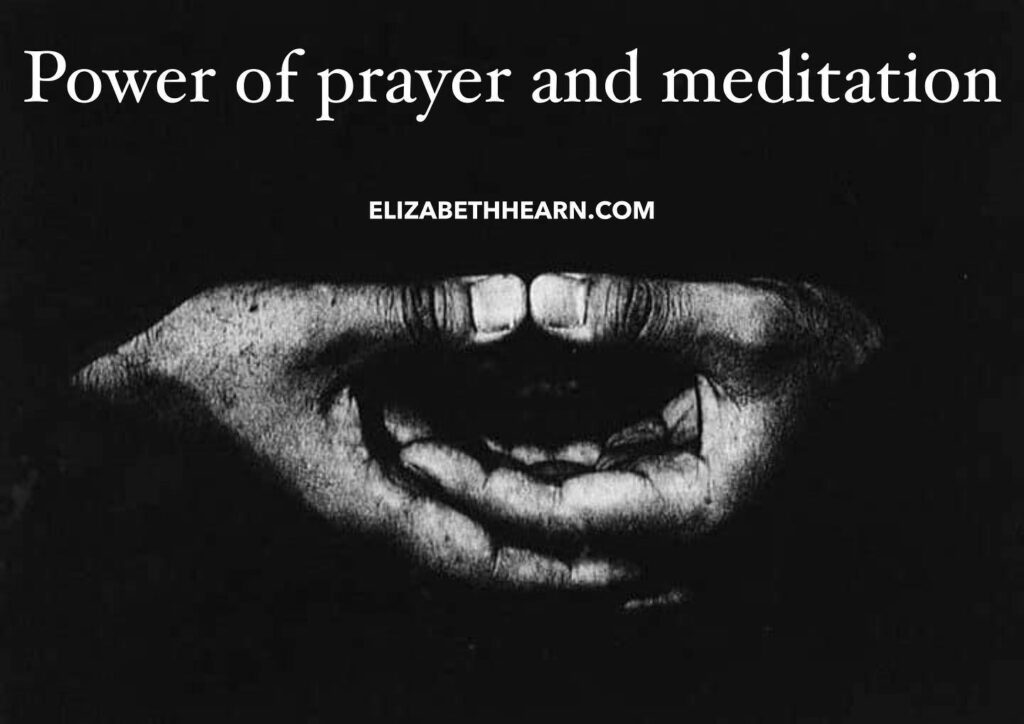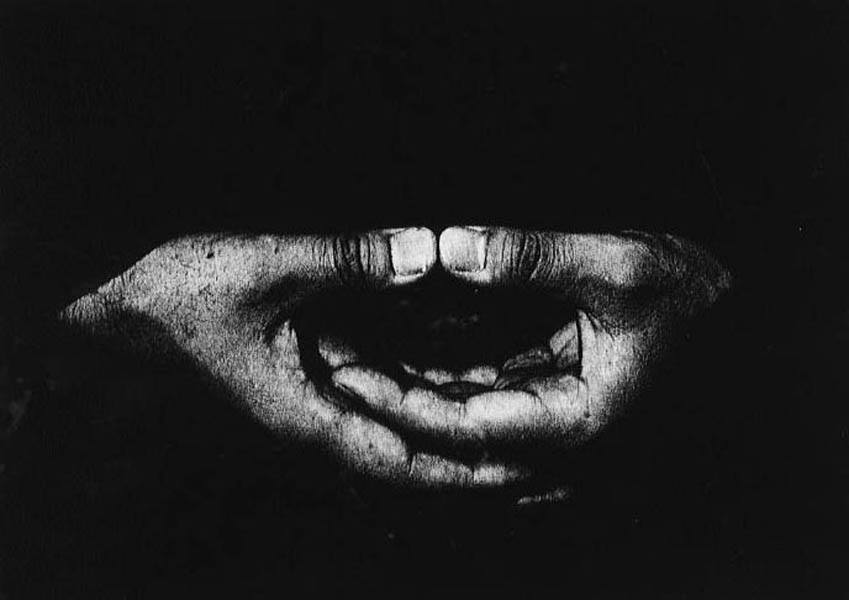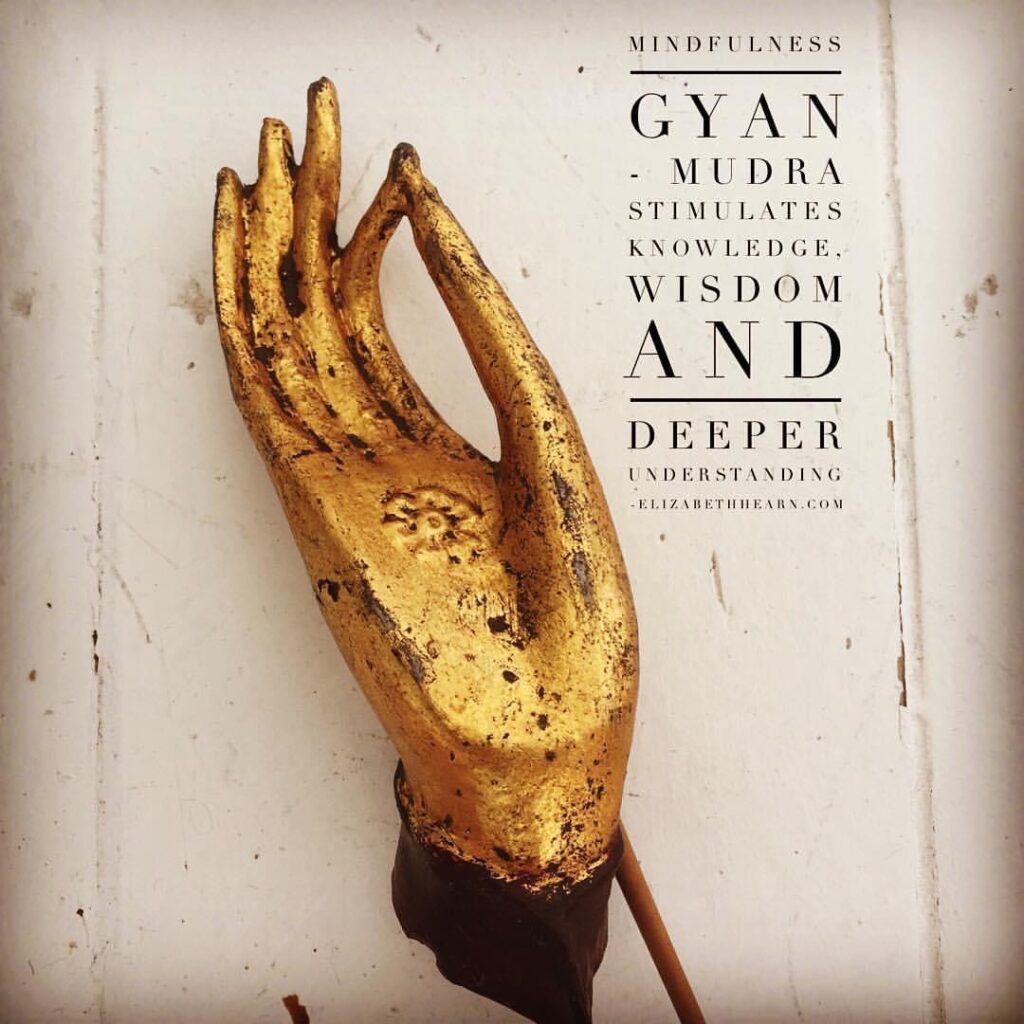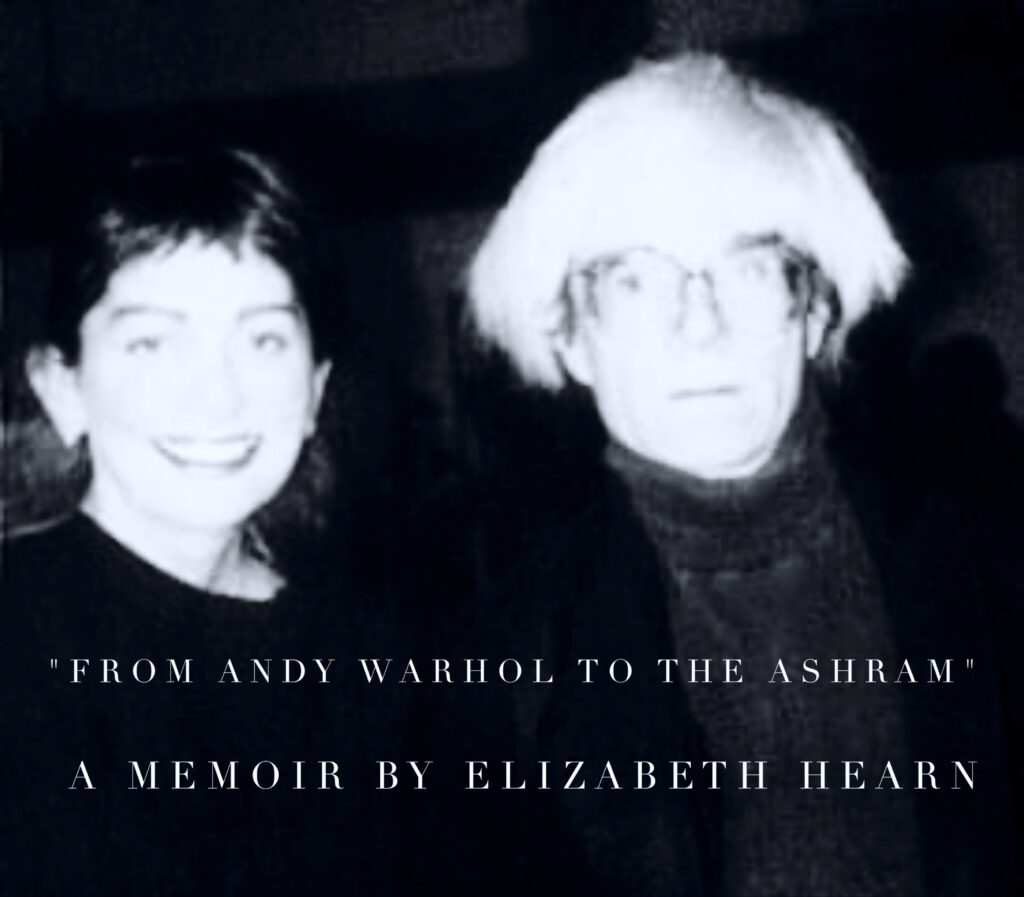
LOVE ALONE PREVAILS: I am in my 37th year of continuing sobriety. My daily meditation and breathwork practice often reveals deeper, intuitive, sparks of illuminating love, compassion and understanding of others. I love peace of mind. Strength in stillness. I have learned to love the hurt became love. To open my heart to love…Whenever I feel fear and doubt I open my heart to love…whatever I am feeling right now…is love.
Beautiful emotional energy… wisdom sparks spontaneously appeared to guide going deep …whilst transcending the pathos, pain and karmic patterns and themes of separation, disconnection and or abandonment of the authentic, natural self. Glimmers of illumination: symbolic signals from God, powerfully oftentimes tender prompts heal trace triggers of my soul’s individual signature from the longest dark night of the soul.
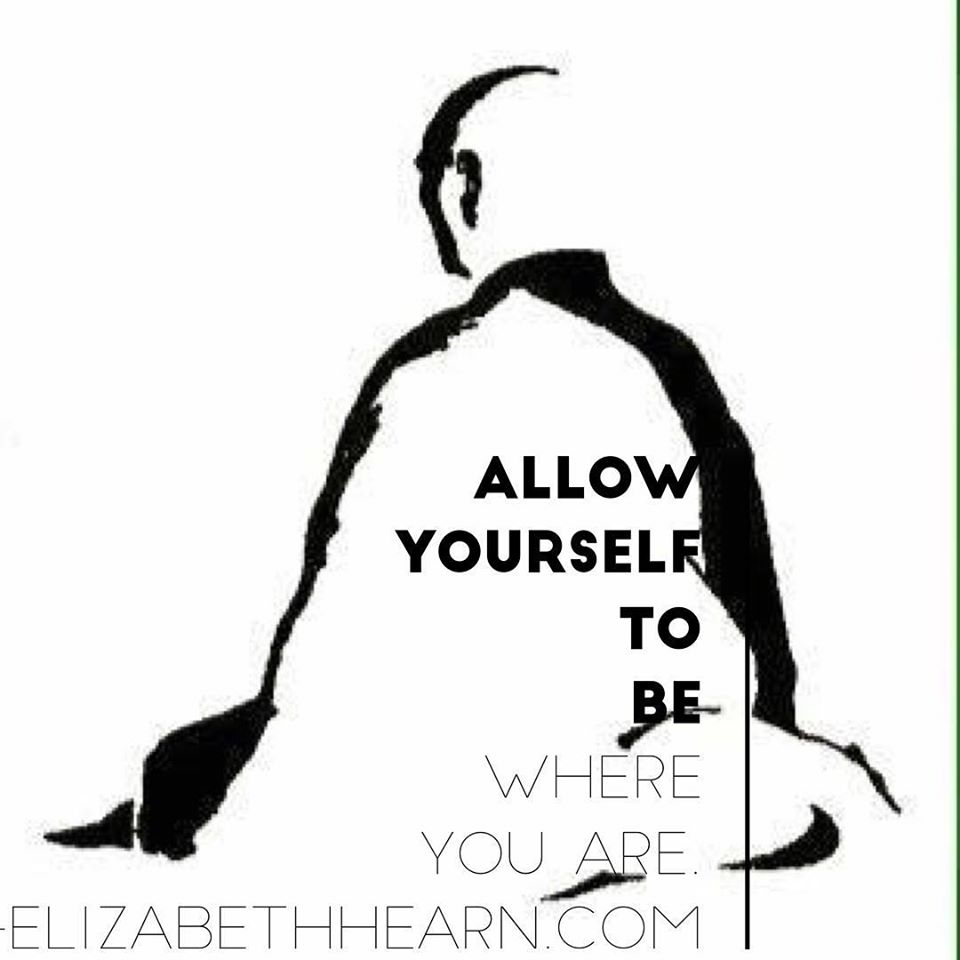
Being present sparks clarity. An inspired intervention. Spontaneous spiritual awakenings. Everything all at once. Chaos ceased to drive obsessive, compulsive behaviours.
The genesis of my recovery from addiction is in derivatives of BARDO teachings Ancient and contemporary Eastern philosophy, mythology, psychology, theology and spirituality. BARDO’s “between states/stimulus and response.”
What I resisted, persisted… until a surrender, inspired a willingness to change. The pathos of addiction had progressed on a cellular level, presenting as a cycles of cycles.
Dharma-Bardo centric self-care wisdom traditions and techniques informed my early recovery. Each day presented ways in how to living at a higher frequency/ritual reworked e.g. how to consciously live consciously.
Spontaneous intermittent states of grace began initially as retreats into the silence. My continuing self care, self love, self responsibility are more and more in absolutely loving stillness and silence.
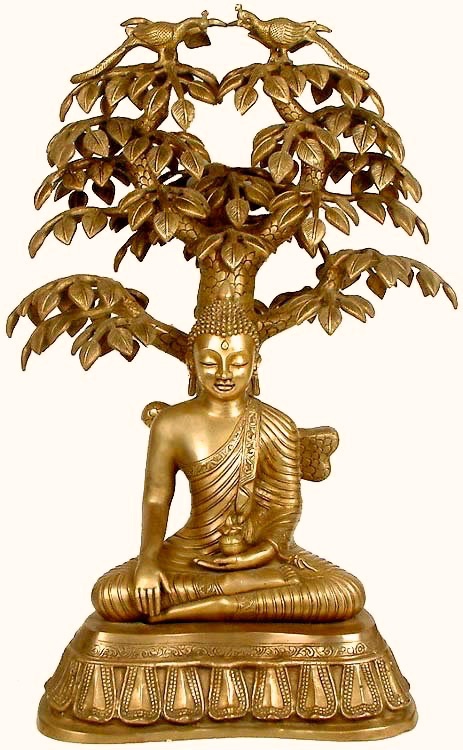
SELF CARE: I have healed my soul’s individual, ancestral and collective trauma, complex dimensions of family systems from the pathos of addiction, anxiety, depression, grief and loss.
Since that moment of surrender, 12th October, 1988, I continue to existentially thrive. Present moment leaps of faith, trusting in the process, never doubting the efficacy of restorative energy to heal my soul.
Dark psychological and spiritual suffering no longer runs interference with a renewed, natural higher state of consciousness. Freedom from the pathos and pathology of anxiety generated fear and doubt. Trauma, toxic thinking had me bound in cycles of being afraid to live and wanting to die. Constant cravings: an alarming dependency upon vodka, valium, cocaine to satiate a lifetime of existential angst, pain and suffering.
And so it goes…the courage to change. Transcending primal trauma, self abandonment, shame, grief, and self hatred, into hope and love is cathartic. Breakthroughs became my best moments in therapy. My personal foundation for healing my soul is in becoming teachable.
Post COVID I retired, closed my therapy practice and trained as an END OF LIFE practitioner, primarily to work with individuals in recovery and their families narratives regarding complex stages of living with dying. A profound regard and respect for the BARDO cathartically compassionate stages of living and dying.
BARDO translates from Buddhist psychology into a symbolic perspective of living and dying that is utterly individual. Even though the meaning is between-states in the immediacy of daily life.

When my father passed, in 1997, he and I were separated by time and distance. I asked my Mother to quietly tell him I loved him unconditionally, and our love interconnected in the realms of living and dying. And so it goes, his would “pop in” at night before I fell asleep, his form, shadow-like translucent, in the silence share his love for me. For three nights these “visits`’ occurred. It felt like closing the loop of a thousand unanswered questions dissolving in the silence.
I had discussed my fathers final wishes/end of life with his doctor, my mother and siblings: I knew he was ready to go, all the while in a coma he was moving through the various stages of Bardo. My family despite our differences have great respect for our highly individual, different beliefs around living and dying and understood my fathers last exhale moment would be on his terms.
In my early recovery making amends phase of working through the Al-Anon N A.A. 12 steps I had met with my parents, bowed deeply at their feet, extending gratitude for giving me life, and asked for their forgiveness for rejecting their love. Afterwards, I experienced an energetic, oceanic, love surge.
Learning to love the hurt until it becomes love. Until that moment of surrender healed our relationship ergo influencing each of their passings from this life to the next with so much love, compassion and connection. My father and I often went fishing, and we loved surfing the waves.
We adored listening to the sound of waves whilst sharing mixed metaphors about the meaning of life. One time he told me how life is like the ocean, sometimes the power of water energetically rushes to the shore, other times it is an elegantly quiet series of waves protectively easing towards the shore. This lesson in the meaning of life stayed with me whenever I surfed or sailed the waves – everything passes, everything is connected, we are the ocean of love.
If active addiction is hell on earth for some of us. Then recovery, ultimately holistically healing the soul is my reality. As is abiding with the divine. Co-existing with God. Co-creating an inner sanctuary. Co-consciously connecting with this life divine. Life is a series of cycles of cycles. Whatever the weather, a cloud never dies. No longer helpless and hopeless: A moment of clarity, prompted surrendering. The power of prayer awakened a deep longing to belong. I had come home to myself, I continue to learn the many ways to co-exist with likeminded souls. We are mirrors of one another. The God within in each of us.
My love of philosophy, mythology formulates into a humanistic, archetypal, symbolic perspective, inspired/intuitive deepening awareness. Mindfully manifesting strength in stillness.
“Let us love until you can love yourself” is what you told me at my first 12step fellowship meeting. My personal homage to A.A., AL-Anon’s Family universal principles, steps, traditions, and concepts. 12step (recovery) is an invitation to engage in contemplative self-discovery and self-inquiry with unconditional encouragement with sober guides and friends.
The echo of “what if’s” that resonated as I crossed the thresh hold, into the room at my first NYC A.A. meeting came from a fear-based narrative rooted in habituated insecurity: “What if I can’t stay stopped…?”
Since the 12th October, 1988 the craving to drink and or drug has been lifted. From the moment I surrendered, on my knees, in a state of desperation, asking for God’s help.
37 years of continuing sobriety is (almost) living a life that is absolutely beautiful. Freedom is a felt sense of stillness, peace and of great comfort. I love the nothingness of everything. Upon awakening I practice Zazen meditation, breathing, pausing in the breath to observe the early morning light in the bedroom, all the while experiencing the breath as love. I have come home to myself, with God’s grace, with tenderness, and with great love.
Memories are an invitation to connect with my inner life experiences. Therapy, working the steps, loving more and fearing less translates to loving (almost) everything, whatever the weather. I have learned to love the hurt, until the hurt became love. Louise Hay once told me I could heal my life and I believed her.
CONNECTION & COMMUNITY: For over 35 years I have been privileged to work as a psychotherapist, educator, broadcaster, author and writer in the private and voluntary sectors in England, Australia, America and India. Now in my maturing 70’s, within my inner circle I am their End of Life therapist- primarily for people in longterm recovery. I create intimate sacred, beautiful spaces spaces for them, in alignment with their recovery understanding of living and dying sober exit life feeling empowered, connected and loved.
It is all about love. Love is the soul of the universe. Love is the most exquisite experience we will have in our lifetime. Love sustains life. For it is in loving we claim our divine birthright which is to love and be loved. The spirit of true love is beyond all ledgers and needs no measures. A constant wish to love and love will weave the threads of desire throughout existence. The subject of love represents an ongoing conversation into the depth and complexity of love.
Love offers us a tangible opportunity to bring wholeness and transformation into our everyday lives. The potency of love heals, renews and inspires us to do great things. The reciprocity of unconditional love allows us to love as if we have never been wounded by past experiences Our eyes are the window of our souls, our minds the keeper of the key to willingness, our hearts the recorder of experience.
Love is in the strength and stillness of prayer and meditation. Love humbles us. Heals us. Helps me be present, and emotionally available for others. No longer separate. Love lives in action is the most beautiful release of self-expression. Permission to be vulnerable is the gift we receive from our beloved. If love were an ocean we would gladly drown in a sea love .One in love feasts in the glory of love.
Real love asks us to surrender ego-centric coping mechanisms, a need to suppress, and silence our intuition. Ergo assume we are in control rather than self-regulate escalating anxiety/cortisol flooding of the six senses.
The propensity for our past to influence how we love in the present will knowingly and unknowingly re surface when the seeds of repressed emotions spring to life.
Your relationship with your feelings of happiness, fear, guilt, shame, pain loneliness, your entire relationship with your feelings, anger, fear and ego drives will determine collectively the path your love will take.
It is a psychological fact that if a person has not developed a relationship with himself or herself they will be unable to sustain a relationship with others. This is the power of self- love in action
The capacity to love is challenged whenever the opportunity to co-exist with another is presented. What is meant by a relationship with Self is this:
Our assumption about love will supply our belief system with an overload of data. False evidence appearing real will cloud our judgement and rob us of the natural flow and spontaneity of love. The ocean of love will revert to the wilderness of aloneness once more. Will start to take form. Loves organic force will become blocked. What motivated us to take a leap of faith into the abyss of the unknown will have us recoiling from the flame of passion as if it were an inferno. Once again we have plugged into the power of the past predicting our future. Once again love’s elusive elixir evaporates.
Disappointment is experienced by the ego and disillusionment the heart. When we try to apply old brain thinking to new experiences the desire for change is not enough to sustain a an enduring relationship.
The illusion that this time it will be different, because it is a different person is a set-up for unrealistic expectations to cloud your vision. And is an unreliable indicator of how your love will progress. The mind tricking the heart. To love differently demands a change of consciousness and not always a different person.
When love eludes you it is because the perceptions and expectations of what love ought to be is not serving your purpose. Your illusion of love is impairing your judgement and your ability to sustain a loving relationship unrealised
But what are that is you are bringing to your intimate that it is blocking your path to love? An opportunity to halt the tide of blaming your partner by ignoring your part is the easy way out. The quickest route to self justified anger, criticism and self-deception.
The cloak of victimhood will not keep you warm at night. You are not a victim. You may have sought out a situation that has victimised you, but don’t let this occurrence define your existence. Even God if he were sought can not change the past.
You are your dharma. You can change. Consciously living consciously is being aware of your presence. You can learn new ways of behaving and become victorious.
The patterns and themes, (sanskaras) are energetically stuck in cycles of cycles of dis-regulated disconnection. from self. Longing for love, sex, fantasy and relationships. Trauma traps the soul. Cognitive deficit, low self esteem, needing approval from others, care-taking, shame, weak boundaries.
Dis-regulation is the emotional illness of the 21st century we have all been touched in varying degrees by these invisible phenomena. The illusion is that its all to easy to transfer responsibility back to the source and blame ones parents conversely self responsibility is the first step in adjusting maladaptive behaviour. When you look in the mirror you are looking at both the problem and the solution
A need to self protect, any cost is they price we pay. Avoiding scrutiny, an abject fear of being found out. The illusion of looking good and sounding good will is powerful and impossible to change until one is ready to change. An bridled pursuit of power, money fuels corrupting the soul.
Being defined by achievement creates an emotional vacuum and a spiritual bankruptcy. Trauma reaction to everything that happens is an easy way out of the quagmire of self-responsibility.
Taking into account, the definition of insanity is repeating the same behaviour but expecting a different outcome. The illusion of needing to knowing, satiates the despair of fear, doubt and uncertainty. what will happen sustains a false sense of security.
The reality of knowing why we need to do something to take away feelings of anxiety and pain is simply not enough. The action involved in doing this differently thereby making healthier choices requires awareness, courage and commitment.
The inability to sustain closeness and connection in relationships. Feelings of being engulfed. Low self- esteem, and emotional dis-regulation. A disproportionate emotional need for others approval, giving away your power. Recovery is in the dharma of reality.
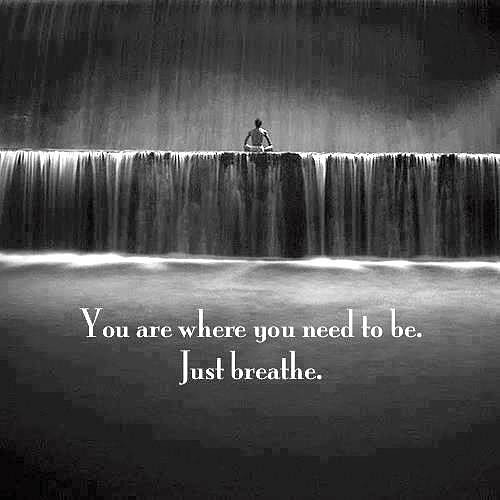
Hiding behind the mask of self-deception is an automatic reaction for many people. The appearance of strength, rather than vulnerability justifies the perception of control and predictability over outcomes.
A need to self protect. The fear of being found out is too awesome to conquer. The illusion of projecting perfectionism is grandiose and defensive behaviour. This pursuit of perfectionism requires a punishing regime of rituals, conditions and tangible results. Living in the here and now impossibility.
Being defined by achievement creates an emotional vacuum and a spiritual bankruptcy. The need to for the” quick fix” is an automatic reaction to grabbing an easy way out of the quagmire of feelings.
The illusion of knowing what will happen sustains a false sense of security. The reality of knowing why we need to do something to take away feelings of anxiety and pain is simply not enough. The action involved in doing this differently thereby making healthier choices requires awareness, courage and commitment.
The energy involved in self- deception is exhausting. Burnout is inevitable. The relentless endeavour pursuit of personal gain. Observe a control freak in action, they live in the centre of their own universe.
For them it an insatiable need to control everything; their narcissistic neediness results in emotional vampiring. The illusion of being perfect in an imperfect world is an unrealistic aspiration. The under- pinning of insecurity and low self-esteem.
This heady combination of defensive behaviour left unexamined will impede the individual ability to sustain healthy relationships or maintain a balance in order to do more than survive life’s curve balls.
Going back to go forward in life is challenging. Looking into the rear-view mirror of ones past requires more than a glance, to contemplate the re-emergence of painful experiences is daunting.
The existing educational system relies on the development of intellectual knowledge as the foundation for growth and development. A glaring deficit exists in the formulation and practice of ongoing emotional literacy. People skills begin in the sandbox at kindergarten and will always need to be redefined, shaped and explored.
Emotional literacy sets the individual free to engage and interact with others. Healthy boundaries allow the potency, protection, and permission of our personality to surface and engender authenticity.
Honesty, accountability, and integrity anchor the integrity, transformation and illumination of the spiritual life.
Once the spiral into pain commences, cycles will become shorter and the knack of bouncing back to get out there and do it all again tomorrow harder. The need to understand will open the door.
We inhabity a violent, chaotic universe, a planet doing what planets do: do: survive albeit badle damaged by what we humans have done to decimate the cycles of cycles.
A world in which the unacceptable is now acceptable. A world so utterly corrupted by power, as addictive at it is seductive, profit before people.
The demystifying of addictive behaviour has by example broadened the horizon from the park bench to the boardroom. The laws of the universe govern the principal of balance to sustain equanimity.
What is let go of must be replaced therefore the concept of ” a hole in the soul” is acknowledged and the undertaking of an understanding of a higher power adapted. C.J Jung described the addict as a seeker of spirituality. Driven by an attachment to the illusion of cravings had to first go to the darkest recesses of his soul to emerge phoenix like from the ashes of self-destruction
Consider this, fifty- percent of global marriages end in divorce, this fact has shattered the illusion the commitment to a lifelong partnership is enough. That love alone can keep the relationship together. The mythology of seeking ones other half has been jettisoned as old fashioned. The 7-year itch and the 20-year ditch are no more. A fail fast attitude now exists.
Couples will divide, separate and divorce sometimes within the first month! year. The illusion of pre-nuptials to protect individual finances simply adds to the lawyer’s hourly rate.
Quick fixes however will only wallpaper over the cracks. Self will run riot coupled with self-justification shows up in a narcissistic neediness for recognition through achievement. This reality reinforces that self-esteem is measured only by material success.
Should we blame Sigmund Freud the grandfather of psychology who 140 years ago said” Work at love and love your work” or ought we to take that wake-up call? If there are no guarantees anymore in the workforce where does that leave love.
The need to love and be loved is a vital life force, which when this is reciprocated can heal, renew and inspire.
The individual quest to attain love will take tremendous force and self-control to deny the outpouring of emotion. Because of life experiences. we can not deny a primal need of recognition from one another, no man is an island
Everyone has opinions regarding the mysteries of love . Sounds too altruistic to be true but that is an illusion. The path towards lifting the veils of illusion can only be embarked upon because of disillusionment.
Emotional pain is an indicator that something is not okay, and there is no where to hide when this happens The propensity to pretend and pick up something to ease the pain and remain in denial will result in a crisis of faith, and an ability to function.
I believe that by lifting the veils of illusion an installation of hope will become apparent, in all aspects of living a life that is not bound in the bondage of self-delusion. Your truth will set you free.
Bill Wilson had his first drink while in the Army during World War I. “I had found the elixir of life” he recalled, and he soon began to drink heavily. After the war, he married Lois Burnham in 1918, and enjoyed great success trading stocks on Wall Street. He lost all of his money in the stock market crash of 1929, but he continued to trade stocks and managed to earn a modest living. However, his heavy drinking continued to get worse, and it slowly took its toll.
Eventually alcohol completely took over his life and by 1933, he had hit bottom. Bill and Lois were living in her parent’s home in Brooklyn. Lois was working in a department store, while Bill spent his days and nights in a near-constant alcoholic stupor.
In 1934, he was visited by an old drinking buddy who had managed to stop drinking and stay sober. He shared his secret with Bill; a belief that God would help him overcome his addiction to alcohol. When Bill said he was not a member of any organized religion his buddy said, “Why don’t you choose your own conception of God?” Bill understood that “it was only a matter of being willing to believe in a power greater than myself.”
As Bill later recounted, “God had done for him what he could not do for himself.” Bill Wilson had a spiritual awakening and his belief in a higher power and the realization that he couldn’t do it alone would help him to conquer his addiction. Determined to get better, he checked into a hospital and underwent the state-of-the-art treatment at that time for alcoholics “the barbiturate and belladonna cure, also known as “purge and puke.”
“While I lay in the hospital, the thought came that there were thousands of hopeless alcoholics who might be glad to have what had been so freely given me. Perhaps I could help some of them. They in turn might work with others.” He then came to understand how helping others would be essential to his recovery.
After his release, he managed to stay sober but returned to the hospital frequently to help other alcoholics undergoing detox. It was during this time that he faced his moment of truth at the Mayflower Hotel and began his association with Dr. Bob Smith. Wilson and Smith helped each other and then reached out to other alcoholics. Soon they began to hold meetings for recovering alcoholics so that they could support their group and welcome others who were looking for help.
My dear friend Lorna Kelly would often begin her share at a 12step meeting with the question: “What if Bill Wilson had a “good day” in Akron…?” He was a few months sober, on a business trip to Akron, Ohio. The business venture meeting did not go according to plan. Bill, feeling rejected, faced a lonely weekend in the Mayflower Hotel, Akron.
The potential to relapse, all too easy to walk into the cosy hotel bar, instead Bill remembered his wife Lois’s words: Bill had remained sober by helping another alcoholic.
He looked through the hotel church directory and found a strange name which caught his attention – Reverend Walter Tunks (Tunks is a word used in Bill’s home state of Vermont).
Bill called Rev. Tunks and received a list of people to call. After many failed calls he finally made contact with Henrietta Seiberling of the powerful family which owned the Goodyear tyre company.
Henrietta Seiberling responds to Bill’s call and immediately thinks of her Oxford Group friends (Dr. Bob Smith and his wife Anne). The Oxford Group has prayed for help for Dr. Bob and Henrietta sees Bill’s call as literally an answer to these prayers.
It’s the day before Mothers’ Day and Dr. Bob has come home with a plant for Anne. Both the plant and Dr. Bob are ‘potted’. Bill’s visit is delayed until the Sunday (Mothers’ Day) so that Dr. Bob can sober up to meet with Bill.
The 12steps:
Maybe there are as many definitions of spiritual awakening as there are people who have had them. But certainly each genuine one has something in common with all the others. And these things which they have in common are not too hard to understand.
When an addict has a spiritual awakening, the most important meaning of it is that he has now become able to do, feel, and believe that which he could not do before on his unaided strength and resources alone. He has been granted a gift which amounts to a new state of consciousness and being. He has been set on a path which tells him he is really going somewhere, that life is not a dead end, not something to be endured or mastered. In a very real sense he has been transformed, because he has laid hold of a source of strength which, in one way or another, he had hitherto denied himself.
He finds himself in possession of a degree of honesty, tolerance, unselfishness, peace of mind, and love of which he had thought himself quite incapable. What he has received is a free gift, and yet usually, at least in some small part, he has made himself ready to receive it. Self-regulating engenders equanimity. Relieving the bondage of self-obsession.
HONESTY: Step One showed us an amazing paradox: We found that we were totally unable to be rid of the alcohol obsession until we first admitted that we were powerless over it.
HOPE:Step Two we saw that since we could not restore ourselves to sanity, some Higher Power must necessarily do so if we were to survive.
SURRENDER: Step Three we turned our will and our lives over to the care of God as we understood Him.
